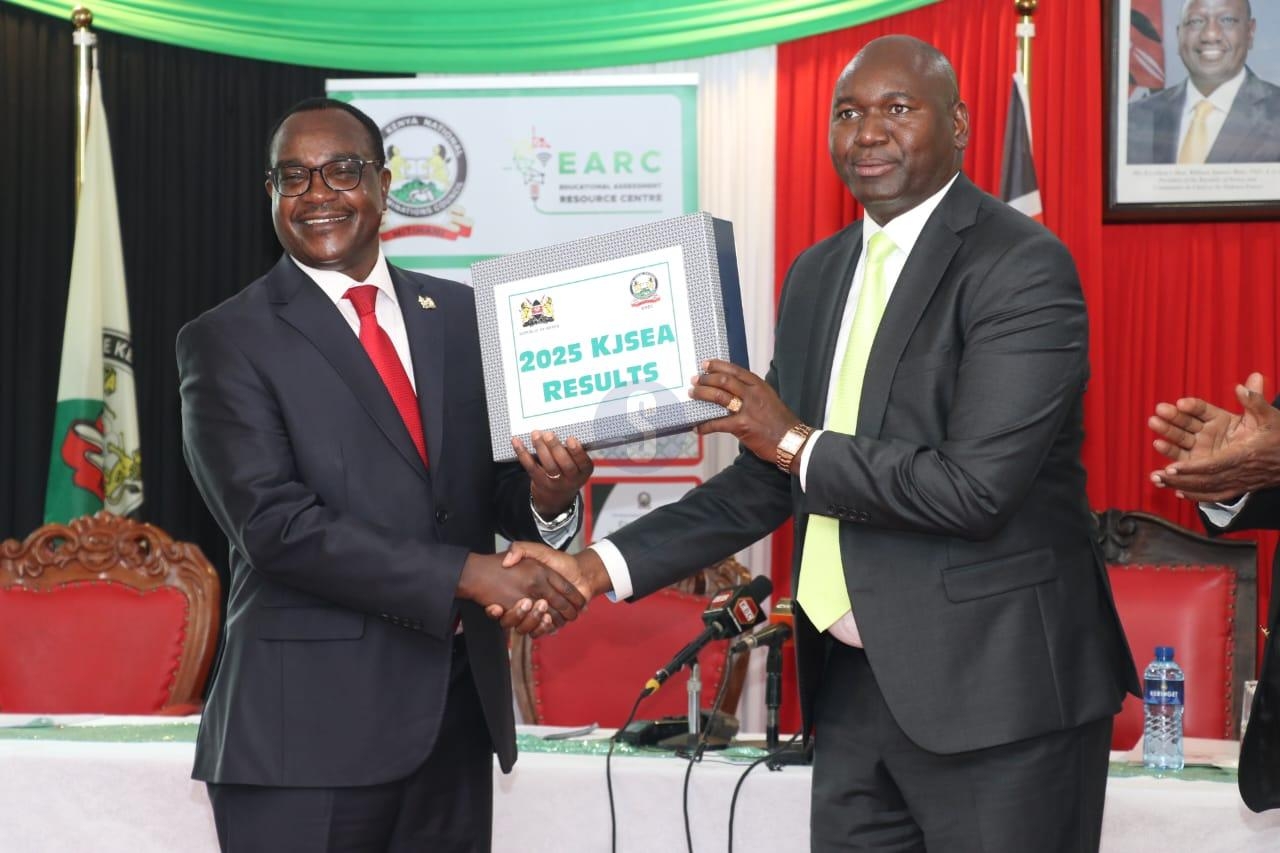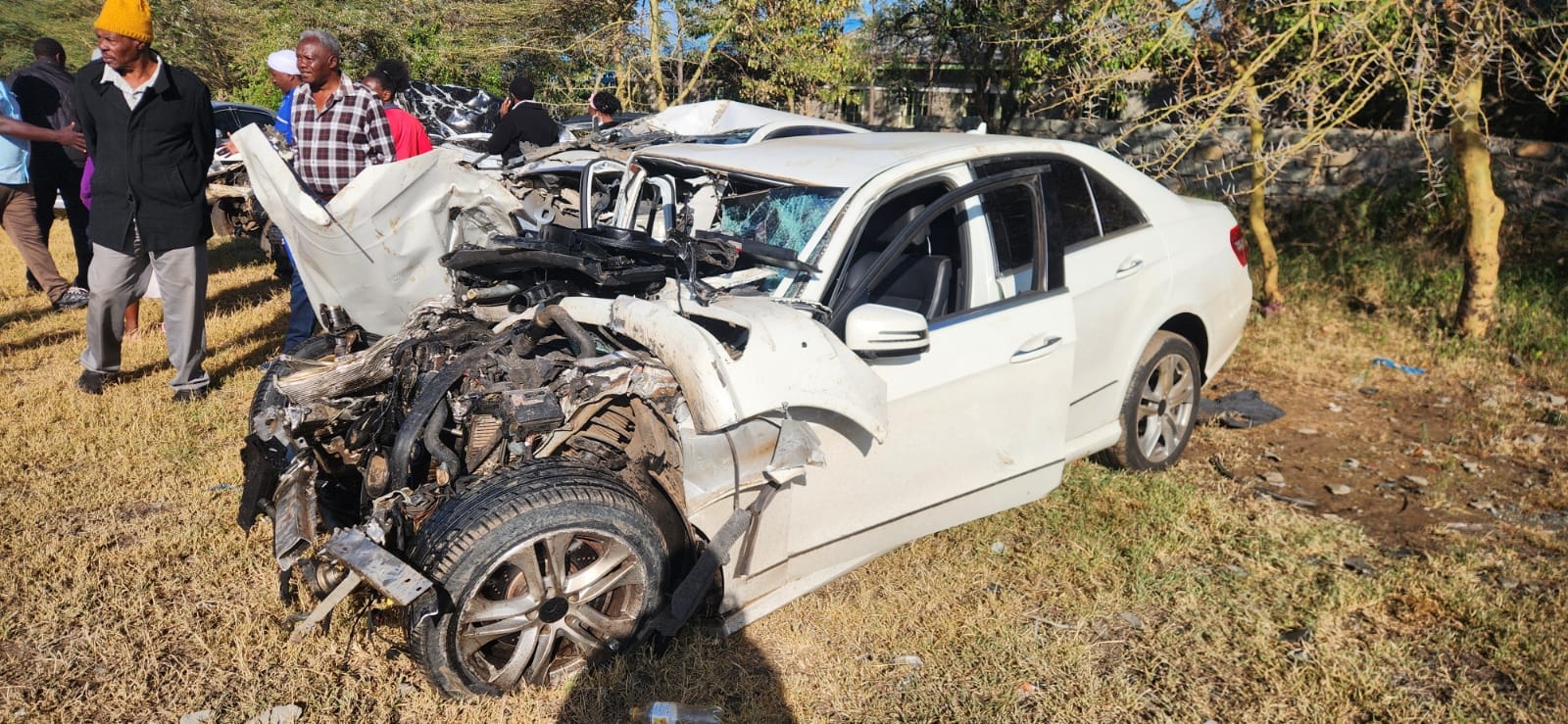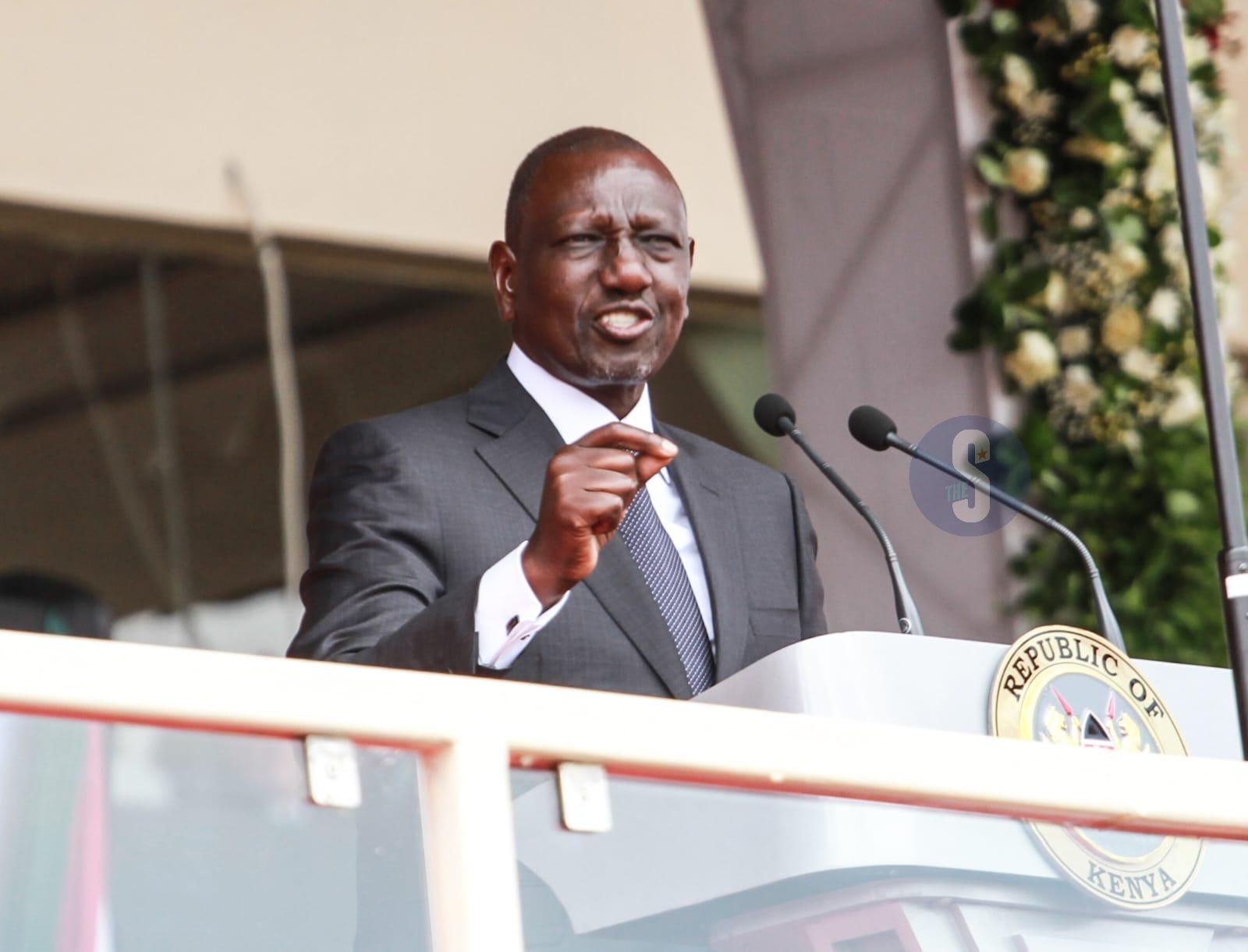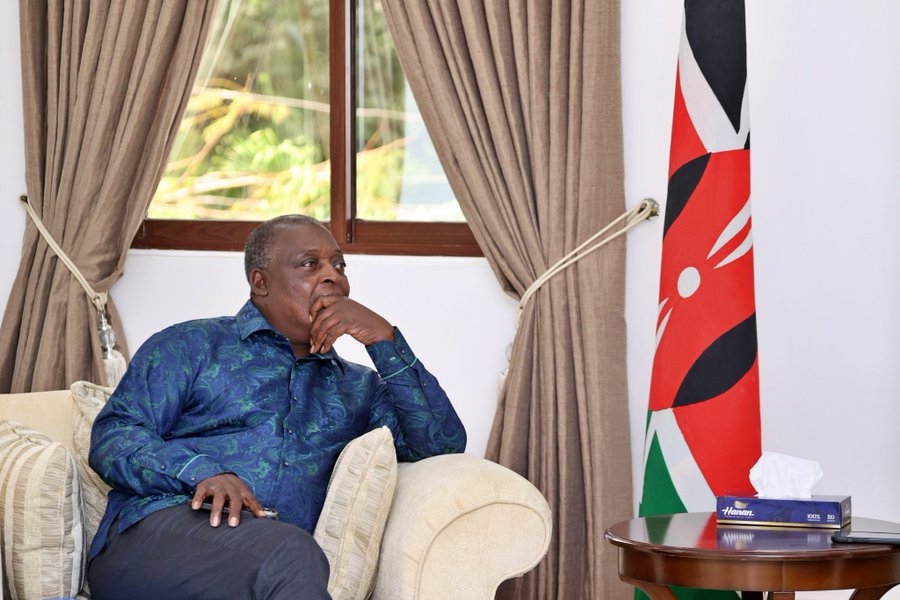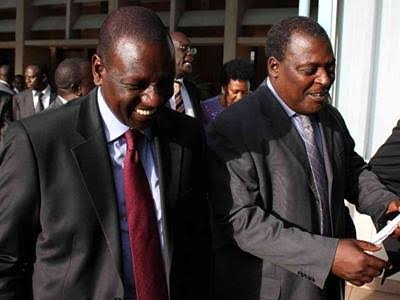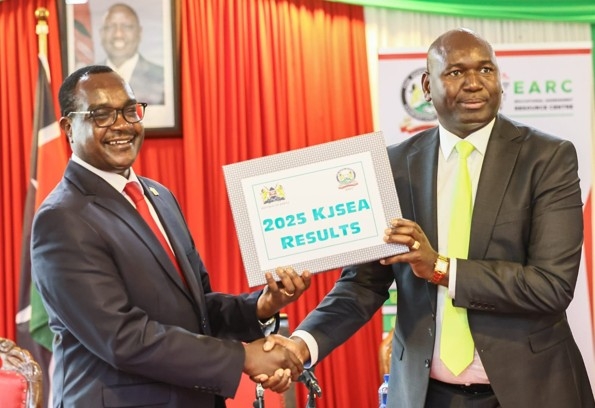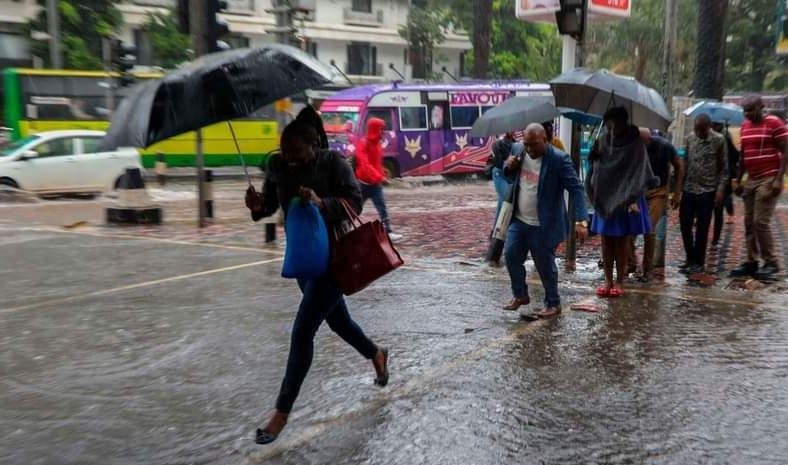The WHO has removed Kenya from the list of states infected with vaccine-derived polio, but said it remains vulnerable to reinfection.
Kenya last reported a case of circulating vaccine-derived polioviruses (cVDPV) in January last year.
The World Health Organization said Kenya and seven other countries were removed from the list last month, after 12 months without reporting another case.
WHO said these counties should enhance surveillance quality. They should also consider supplementary methods such as environmental surveillance (of faeces and water), to reduce the risk of undetected WPV1 and cVDPV transmission.
This is particularly a problem among high-risk mobile and vulnerable populations, the WHO said.
Six cases of mutated poliovirus were detected in Kenya in December 2020 and January 2021.
Three cases were newly-arrived children from Somalia at the Dadaab refugee camp. Their stool was tested and found to have the mutated poliovirus.
This virus mutates in the body of a vaccinated child and is then passed on through their faeces. This mutated virus can cause paralysis if it infects another child who has not been vaccinated.
A mutated virus was also found in a separate sewage sample from Garissa, while two samples of sewage collected in Mombasa were found to have a similar virus.
In a statement, WHO said the country should strengthen routine immunisation to boost population immunity.
It should also “intensify efforts to ensure vaccination of mobile and cross-border populations, Internally Displaced Persons, refugees and other vulnerable groups.”
The organisation said at the end of 12 months without infection, it wanted a report; if cases occur within a year it also requested a report, including measures taken to implement temporary recommendations.
In response, Kenya conducted two rounds of polio immunisation last year, the first in May reached 3.2 million children.
The second round reached three million children across 13 counties of Kenya, with a second dose. Those who missed the first round also got their first dose.
The door-to-door campaign took place from July 17 to 21 in Garissa, Isiolo, Kajiado, Kiambu, Kilifi, Kitui, Lamu, Machakos, Mandera, Mombasa, Nairobi, Tana River and Wajir counties, as well as in the Dadaab refugee camps.
“The Government of Kenya is continuing to take urgent action to stop polio in its tracks and save children’s lives,” Health CS Mutahi Kagwe said at that time.
“After a successful first round of the polio vaccination campaign in May, we are now looking forward to finishing this important job in round two this month.”
Wild polio was eradicated in Kenya in 2014 and is now eradicated worldwide in all but two countries: Pakistan and Afghanistan.
Kenya remains at risk of polio due to low immunisation coverage resulting from Covid-19 interruptions, porous borders with high-risk countries and high population movements.
Routine vaccination was also disrupted due to the Covid-19 pandemic in 2020 and 2021.
Between 2018 and 2020, around 300,000 children in the 13 counties identified as high-risk had not had their three rounds of routine Polio vaccination, as part of their routine childhood immunisations.
(Edited by V. Graham)
“WATCH: The latest videos from the Star”

